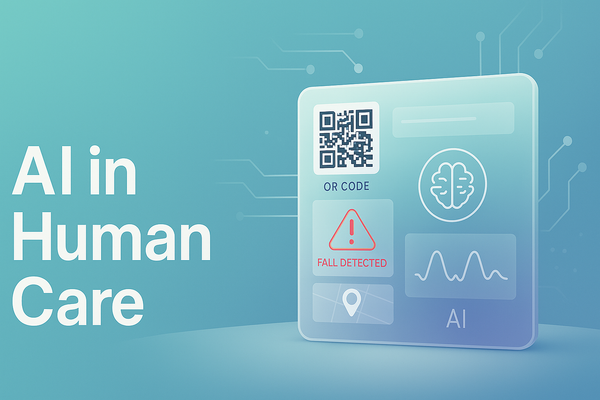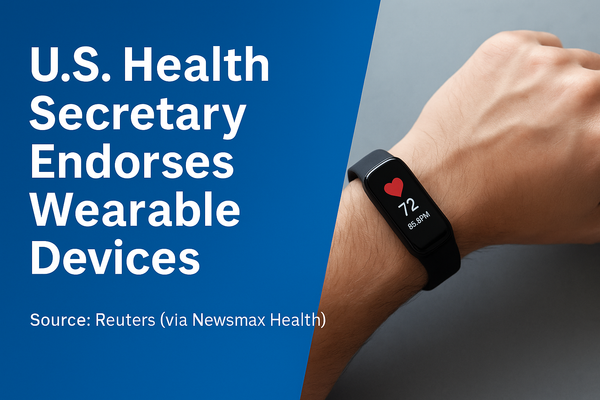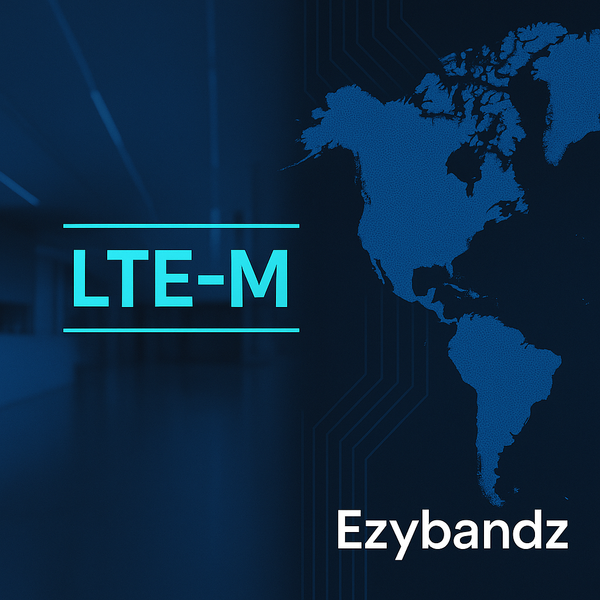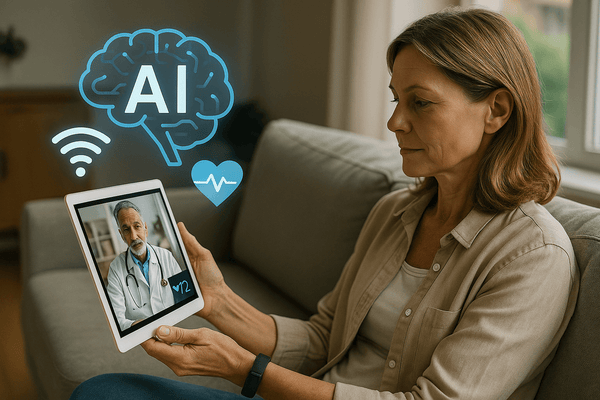HealthTech is undergoing a dramatic shift: Remote Patient Monitoring (RPM) powered by AI, federated learning, and edge analytics is transitioning routine healthcare from clinic hallways into living rooms.
The New Era of AI-Powered RPM
Modern RPM systems now combine AI and wearables to provide early detection of health issues before symptoms become critical:
-
Personalized baselines are established from continuous vitals and behavior patterns (heart rate, respiration, movement), allowing AI to flag deviations early.
-
Behavioral analytics and reinforcement learning techniques identify subtle changes in sleep patterns, medication adherence, or mobility that might signal emerging risk.
-
Federated learning frameworks enable AI models to train across distributed devices without transferring personal data preserving privacy on-device.
These advancements make RPM predictive, personalized, and secure.
Edge Analytics & IoT: Reliable Alerts Anywhere
RPM systems increasingly rely on local computation and sensor networks:
-
Edge analytics processing data on-device or via local hubs delivers rapid alerts without dependency on cloud or internet access.
-
Sensor ecosystems, combining wearables, ambient sensors, and biometric patches, provide contextual insights for real-time monitoring.
These hybrid architectures enhance reliability especially during internet outages and support uninterrupted emergency response.
Market Momentum: Rapid Growth and Real-World Impact
-
The North American market for AI-enabled RPM is forecast to reach USD 13 billion by 2032, growing at ~25–27% CAGR
-
U.S. usage is mainstream: by 2025, over 50 million Americans use some form of RPM, and 81% of clinicians report having adopted RPM systems since 2021 representing a ~300% increase. IntuitionLabs+1arXiv+1
-
Healthcare organizations using RPM platform report up to 39% reductions in hospital readmissions, particularly in chronic care settings. IntuitionLabs+1LinkedIn+1
These figures underscore RPM’s evolving status from emerging tech to essential infrastructure.
Everyday Use Cases Transforming Care
Chronic Disease Management:
Continuous monitoring helps catch early signs of heart failure, COPD, diabetes complications enabling timely intervention and fewer ER visits. Data Insights Market+2Talencio+2IntuitionLabs+2
Post‑Operative Recovery:
Vitals and mobility tracking support faster, safer recoveries reducing the need for in-person follow-ups. IntuitionLabsTalencio
Fall Prevention & Aging-in-Place:
Sensor-based systems alert caregivers to movement changes or falls offering added protection for seniors or those with cognitive impairments. IntuitionLabsTalencio
Behavioral & Mental Health Monitoring:
AI evaluates sleep, activity, and routines to help identify early signs of emotional or cognitive decline. TalencioWikipedia
Designing for Trust: Crucial Principles
Experts emphasize these features as essential:
-
Signal clarity: AI filters for clinical relevance to avoid alert fatigue.
-
Explainable AI: Alerts include context why triggered, and next steps. Talencioup-venture.com
-
Seamless integration: RPM connects with EHRs, telehealth tools, and emergency contacts. IntuitionLabs+1Data Insights Market+1
-
Privacy-aware architecture: Federated learning and edge processing keep data local. arXivWikipedia
Spotlight: Ezybandz & GuardianOne
The GuardianOne wearable from Ezybandz is aligned with these forward trends:
-
Featuring GPS tracking, fall detection, SOS alerts, step tracking, and medical profile access all without needing a smartphone. Corporate Advisors+8Ezybandz+8Ezybandz+8
-
Built for privacy-first, cloud-connected usage reflecting key RPM design principles.
-
Its modular, firmware-driven architecture positions it for future optional integration of AI-powered wellness prompts or caregiver dashboards if desired and consented.
GuardianOne offers a real-world example of RPM architecture ready for today’s safety needs and tomorrow’s intelligent care possibilities.
Final Word: The Home Is the New Clinic
By 2025, RPM and connected IoT devices have matured beyond pilot programs they are becoming central to how healthcare is delivered at home. With AI-powered early detection, local processing, and privacy-preserving models, RPM platforms are now predictive, discreet, and empathetic not just digital tracking tools.
Ezybandz’s GuardianOne reflects this emerging moment it is designed for reliably delivering real-time care at home, while remaining simple, secure, and user-centric.












